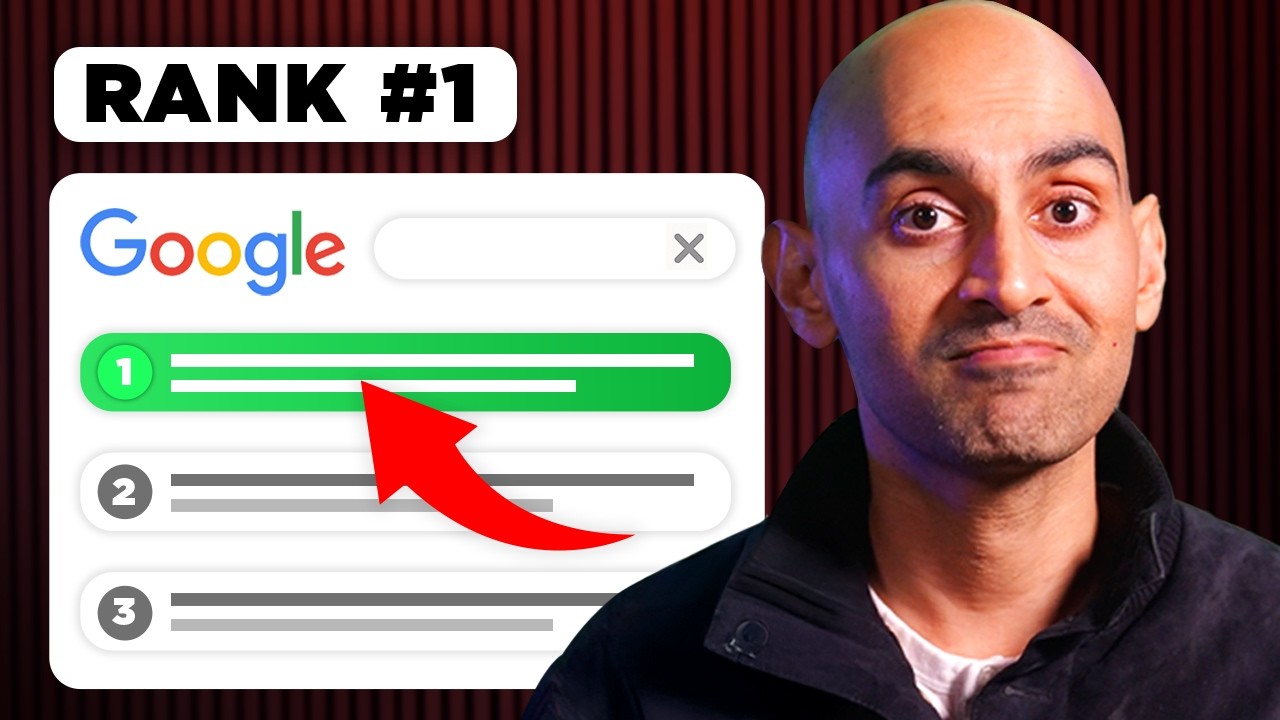Contents
There’s no denying that webinars and online presentations have transformed the way you engage with your audience. In our increasingly digital world, these platforms offer unparalleled opportunities to share knowledge, foster connections, and drive business growth. By leveraging the power of live or recorded sessions, you can effectively reach wider audiences, deliver compelling content, and create interactive experiences that resonate. This post will explore the numerous benefits, tools, and best practices to enhance your online presentations, empowering you to make the most of this dynamic medium.
Key Takeaways:
- Webinars and online presentations allow for real-time engagement, enabling hosts to interact directly with their audience through Q&A sessions and polls.
- These platforms provide a cost-effective way to reach a global audience, breaking geographical barriers and increasing the potential for wider participation.
- Utilizing visual aids and interactive content in webinars enhances the learning experience, making information more accessible and easier to retain for attendees.
Understanding Webinars
While many industries embrace digital technology, webinars have emerged as a powerful tool for engaging audiences. These online presentations provide an interactive platform for knowledge sharing, training, and marketing. As you probe into the world of webinars, you’ll find they offer immense potential for reaching broader audiences and enhancing your communication strategies.
Definition and Overview
Below is a straightforward definition of a webinar: it is an online seminar that connects a presenter and participants via the internet. Utilizing video and audio technology, it allows for real-time interaction, making it an effective medium for education, training, and promotion.
Types of Webinars
Across various fields, webinars can be categorized into distinct types based on their purpose and format. Understanding these types can help you select the right approach for your audience:
| Type | Description |
| Educational | Focuses on teaching specific skills or information. |
| Promotional | Introduces products, services, or events to potential customers. |
| Demonstrational | Shows how to use a product or service effectively. |
| Panel Discussions | Involves multiple experts discussing a topic. |
| Q&A Sessions | Allows participants to ask questions directly to the speaker. |
Knowing the types of webinars available helps you tailor your content to suit your audience’s needs. When creating your webinar, consider your objectives and the level of interaction you want to achieve.
- Choose a format that aligns with your goals.
- Engage your audience through Q&A sessions.
- Incorporate visuals and multimedia for better retention.
- Plan for a clear call to action at the end.
- Evaluate feedback to improve future webinars.
Webinars create a platform for meaningful interaction, also enabling you to curate your messages in different formats that suit various audience preferences. By exploring possibilities, you can create sessions tailored to your specific goals:
| Format | Description |
| Live | Real-time presentation with immediate interaction. |
| On-Demand | Pre-recorded sessions available for viewing at any time. |
| Hybrid | A combination of live and on-demand elements. |
| Interactive | Incorporates polls, chats, and other engagement tools. |
| Workshops | Hands-on learning experiences for participants. |
Knowing the different formats enables you to strategize around your audience’s learning styles, ensuring that your webinars are both engaging and effective.
Benefits of Webinars
You can unlock numerous advantages by integrating webinars into your communication strategy. These online events not only provide a platform for sharing knowledge but also allow participants to engage with the content in real time. For practical guidance, check out Twelve tips to present an effective webinar – PMC, which offers insights on how to maximize your webinar’s impact.
Increased Reach and Engagement
An effective webinar can reach a global audience, allowing you to engage participants from various backgrounds and locations. This expanded reach facilitates more meaningful interactions and discussions, enabling you to cater to diverse interests and perspectives.
Cost-Effectiveness
An online presentation can be significantly more cost-effective compared to traditional in-person events. You eliminate expenses related to venue rental, travel, and accommodation, while still delivering high-quality content to your audience.
And by utilizing webinars, you can further reduce costs by leveraging existing tools and platforms that require minimal investment. This efficiency means you can allocate your resources more effectively, focusing on creating high-quality materials and engaging your audience without breaking the bank.
Creating Compelling Presentations
For a successful webinar or online presentation, you must engage your audience and communicate your message effectively. Crafting compelling presentations requires clear objectives, structured content, and visual appeal that resonates with your audience. Use storytelling techniques, diverse media, and interactive elements to create a memorable experience that keeps participants interested and involved throughout your session.
Key Elements of Successful Webinars
Beside engaging visuals and well-structured content, successful webinars incorporate audience interaction and feedback. Use polls, Q&A sessions, and chat features to encourage participation, helping to foster a sense of community. Tailoring your content to meet the needs and interests of your audience enhances their learning experience and ensures that your message resonates with them more effectively.
Tools and Technologies for Delivery
Delivery of your webinar hinges on selecting the right tools and technologies. Your choice of platform should support interactive features, such as screen sharing, video capabilities, and audience engagement options. Consider user-friendly software for seamless navigation and ensure that it integrates well with your presentation materials. The right tools will facilitate smooth delivery, enhancing your effectiveness as a presenter.
A well-chosen platform can significantly impact the success of your webinar. Look for features like high-quality audio and video, chat capabilities, and analytics tools to track participation and engagement. Popular options like Zoom, Webex, and Microsoft Teams offer a range of functionalities suited for different presentation styles and audience sizes. By leveraging advanced technologies, you can create a polished and professional experience for your attendees.
Best Practices for Hosting Webinars
Now that you understand the impact webinars can have, it’s crucial to implement best practices to ensure a successful experience. Focus on preparation, engaging content delivery, and effective follow-up strategies to maximize your audience’s satisfaction and retention. Keeping these elements in mind can transform your webinars into valuable platforms for connection and learning.
Planning and Promotion Strategies
Practices including early scheduling, curated content, and targeted marketing can significantly amplify your webinar’s reach. Utilize social media platforms, email campaigns, and partnerships to promote your event effectively. By identifying your audience and tailoring your messaging, you can attract participants who are genuinely interested in the topic presented.
Engaging Your Audience
Below are some simple techniques to engage your audience and make your webinar interactive. Encourage participation through polls, Q&A sessions, and live chats. Personal stories and relatable examples will help create a connection, keeping attendees more focused and involved throughout your presentation.
A well-engaged audience is more likely to absorb your message and take action afterward. Incorporate interactive elements such as live quizzes, breakout rooms, and real-time feedback, allowing participants to share their thoughts and ideas. This interaction not only enriches the experience but also demonstrates that you value their input and are interested in creating a two-way dialogue.
Measuring Webinar Success
After hosting a webinar, it’s imperative to evaluate its success. You can leverage various metrics and insights from participant interactions to refine your approach. For a comprehensive understanding, consult our Guide to Creating Effective Webinar Presentations, which offers tips on assessing your performance.
Metrics to Consider
Any effective analysis of your webinar success will involve examining several key metrics. Focus on attendance rates, engagement levels, and conversion rates to gauge how well your content resonated with your audience and how many took desired actions afterwards.
Feedback and Follow-Up
Webinar success is not just about metrics; gathering feedback is vital. Engaging with participants post-event helps you understand what resonated and identify areas for improvement. Encourage them to share their thoughts through surveys or direct communication.
Follow-up is an integral part of maximizing the impact of your webinar. Consider sending personalized thank-you emails, along with links to recorded sessions and additional resources. This interaction not only reinforces your connection with attendees but also provides an opportunity for you to gather valuable insights through their feedback.
Future Trends in Webinars
Keep an eye on the future of webinars, as they continue to evolve and interact with your audience in unprecedented ways. Emerging technologies will offer features like virtual reality experiences and AI-driven analytics, allowing you to deliver even more engaging and personalized content. The integration of social media and real-time audience participation is set to redefine how you connect with your viewers, making your webinars more impactful than ever.
Innovations in Technology
Before stepping into the innovations, it’s important to understand how cutting-edge tools will transform your webinar experience. Enhanced streaming quality, interactive features, and integration with various platforms will make your presentations more dynamic and accessible. For example, live polls and Q&A sessions will not only collect feedback but also foster deeper engagement with your audience.
Evolving Audience Expectations
By acknowledging that audience expectations are constantly shifting, you can adapt your content to maintain relevance. With the abundance of information available online, your viewers expect value, authenticity, and interactivity. They seek webinars that are not only informative but also engaging, easy to navigate, and tailored to their specific interests. Meeting these demands will set you apart in a competitive landscape.
Further, as audiences become more tech-savvy, they are looking for immersive experiences that keep them engaged throughout the webinar. High-quality visuals, interactive components, and a seamless, user-friendly interface are becoming standard expectations. It’s important to offer practical solutions and deliver content that resonates with their specific needs and challenges. By staying attuned to these evolving preferences, you can create a tailored experience that not only captures their attention but also fosters loyalty and trust in your brand.
To wrap up
With these considerations, you can harness the power of webinars and online presentations to enhance your outreach and engagement. By utilizing effective tools, structuring your content thoughtfully, and focusing on audience interaction, your ability to educate, market, and connect will significantly improve. These platforms not only save time but also expand your reach beyond geographical limitations, allowing you to share your expertise with a wider audience. Embrace these opportunities to maximize your impact in an increasingly digital world.








